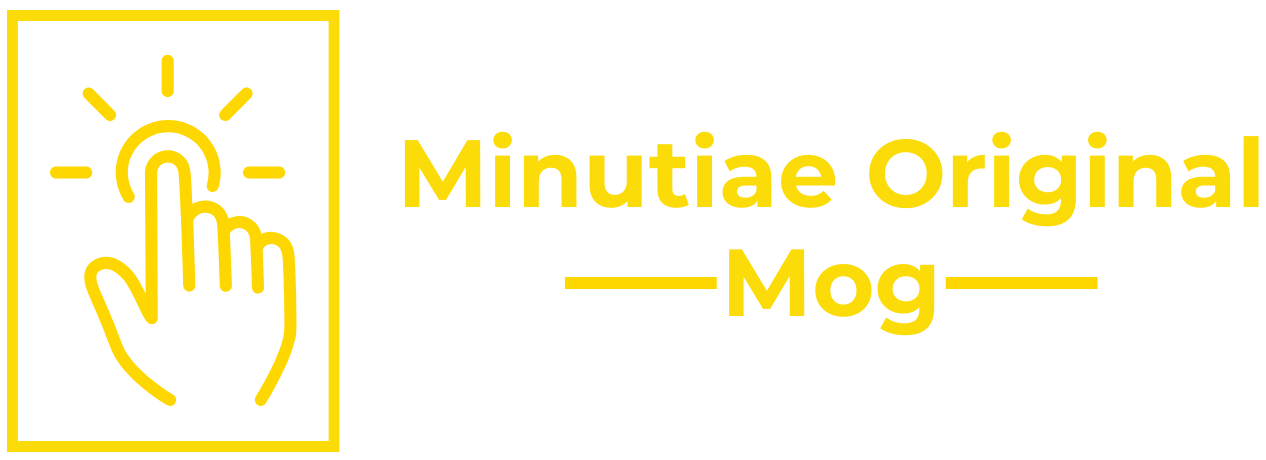The TASK Framework is the world’s first collaborative framework for collaborative friction. Developed by Mog Favour Musonda.
We’ve all been there. A critical project is stalling. Deadlines are missed. The team meeting is a symphony of sighs and sideways glances. Someone mutters, “I just don’t have the bandwidth,” and another adds, “I’m not even sure what we’re trying to achieve here.” The problem feels personal, emotional, and utterly unsolvable. You’ve hit a “people problem.”
For years, my work with entrepreneurs confirmed a universal truth: the hardest part of any venture isn’t the money or the idea—it’s the human collaboration. When we hit these roadblocks, our default response is often to complain, assign blame, or mandate a generic team-building retreat. It’s like having a fever and just taking an aspirin without finding the infection causing it. We’re managing symptoms, not curing the disease.
This frustration led me to develop The TASK Framework. It’s a practical, four-lens diagnostic framework designed to stop the blame game and start the solution game. It transforms vague, interpersonal friction into a specific, solvable puzzle.
The next time your team hits a collaborative wall, don’t complain. Diagnose. Filter the problem through these four lenses:
- Time: Is this a priority clash? When someone says, “I don’t have time,” they’re rarely saying there are literally not enough hours in the day. They are saying, “This is not a priority for me right now compared to my other responsibilities.” The friction isn’t about the clock; it’s about competing demands for attention.
- Example: Your marketing lead misses a deadline for a new product launch. Instead of accusing them of being unreliable, the TASK lens asks: “What other projects are taking priority on their plate, and why?”
- Actions: Is there a purpose misalignment? When you hear, “This doesn’t make sense,” or “Why are we even doing this?”, the issue is rarely a lack of intelligence. It’s a lack of connection to the purpose. The team member doesn’t see the “why,” or they don’t believe in the proposed “how.”
- Example: An engineer is resistant to a new software feature. The problem isn’t their ability to code it, but a fundamental disagreement with the user experience it creates.
- Size: Is the task mismatched to their capacity? The plea, “This is too much work!” is often a cry for a more manageable scope. The task may be so large or complex that it triggers paralysis, leading to procrastination. The feeling of being overwhelmed shuts down productivity.
- Example: A junior analyst is given a massive, unstructured data set with the instruction, “Find the insights.” They freeze. The problem isn’t the data itself, but the monumental, undefined size of the ask.
- Knowledge: Is there a hidden gap? The statement, “I don’t know how,” can be literal, but it’s often more nuanced. It can signal a lack of training, unclear instructions, or—most importantly—a lack of psychological safety to admit they are unsure without fear of looking incompetent.
- Example: A team member agrees to a task in a meeting but then fails to start. They may be embarrassed to admit they didn’t understand a key term or process and are hoping to figure it out on their own.
By using TASK, you move from a group of frustrated individuals to a true team of problem-solvers. It’s the first step in turning friction into function.

